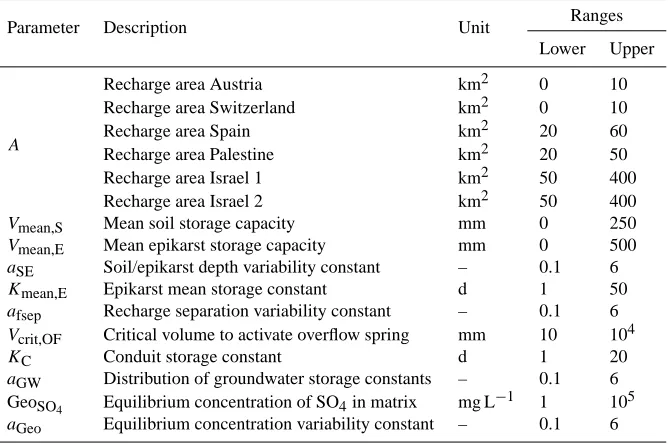Process based karst modelling to relate hydrodynamic and hydrochemical characteristics to system properties
Full text
Figure




Related documents
The practice of diagnosing and assessing learning disabilities in children and adolescents was also explored, has along with identifying the health and social care professionals
In this study, ginseng was pretreated at different roasting temperatures and was ground using different cryogenic milling conditions to reduce particles size and ultimately,
(Figure 1B) A significant increase in left ventricular collagen content was noted in diabetic control rats when compared with age matched normal rats.. 1: Effect of various
In the current research, rapidly dissolving films of Loratidine were developed using low viscosity grades of HPMC and pullulan gum as film forming polymers.. HPMC is a
When organizational changes occur, people become confused, and resist the changing conditions; however, those with high AQ quickly adapt themselves to new conditions and
Analysis of the partial E1 gene sequences of 19 represen- tative strains of each genotype of CHIKV published in GenBank, including sequences of three representative strains of
For ASC (Figures 5 A and D), the 5 ′ UTR RNA and LPS co-stimulation group showed significantly decreased ASC mRNA expression but increased protein expres- sion of ASC when
Four broad themes, capturing the key ethical concerns associated with molecular epidemiology were inductively derived from the data: (i) Consent, (ii) risk and benefits, (iii)





